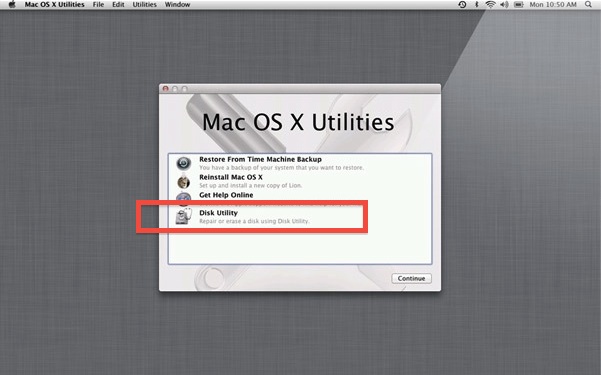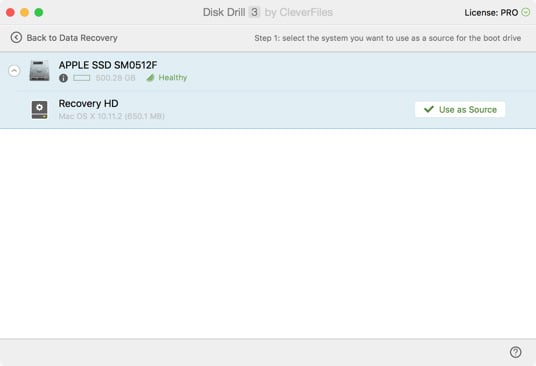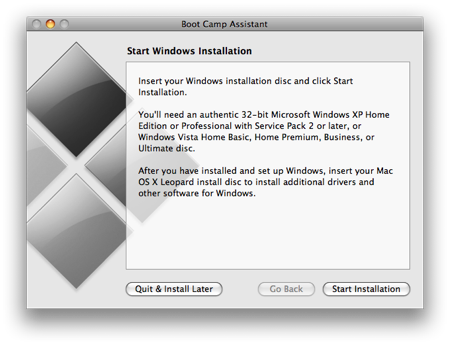


Locate the boot order screen that lists the boot devices. Some newer computers with UEFI firmware may allow you to use a mouse on this screen, too. You’ll generally see a list of the keys you can use at the bottom-right corner of your screen. Use the arrow keys to navigate through the BIOS. If not, this option may be located beneath another tab. If you’re lucky, there will be a tab at the top of the screen named Boot. Once you’re in the BIOS or UEFI firmware menu, look for some sort of “Boot” option menu. This boot menu will also automatically appear if your PC is having trouble booting properly, so you should be able to access it even if your PC can’t boot Windows. Windows will reboot into a special boot options menu.Ĭlick Troubleshoot > Advanced Options > UEFI Firmware Settings on this menu screen to access your computer’s UEFI settings screen. Press and hold the “Shift” key as you click the “Restart” option in the Start menu or on the sign-in screen.

Instead, you’ll first need to boot into Windows. On a PC with UEFI firmware-which most newer PCs that came with Windows 8 or 10 will have-you may not be able to press a key at boot to access this menu. RELATED: What Is UEFI, and How Is It Different from BIOS?
#Select boot drive mac manual
(If you built your own computer, consult the motherboard’s manual instead.) If you don’t see the required key on-screen, consult your computer’s manual or search for your computer’s model name and “bios key” on Google. While Delete and F2 are probably the most common keys, your computer may require another key, such as F1, Escape, or Ctrl+Alt+Escape. For example, you may see a message that says “Press to enter setup” or “Press F2 to access the BIOS.” Press the required key at the correct time and your computer’s BIOS will appear. This key is generally displayed on-screen during the boot process. To access the BIOS, you’ll need to restart your computer and press a specific key at the start of the boot process.


 0 kommentar(er)
0 kommentar(er)
